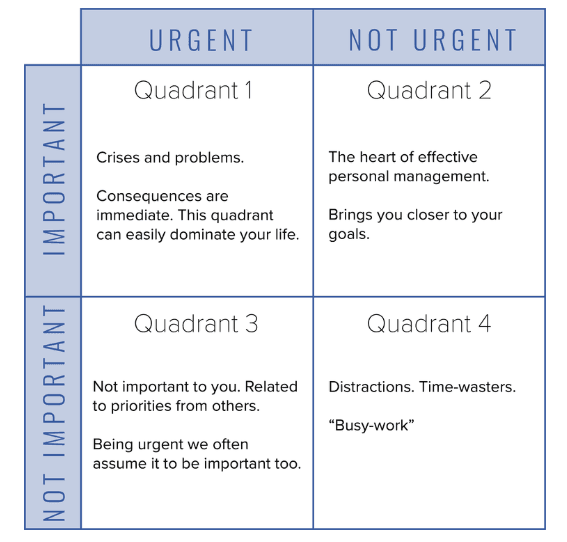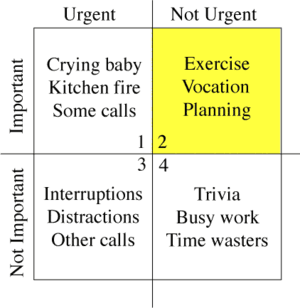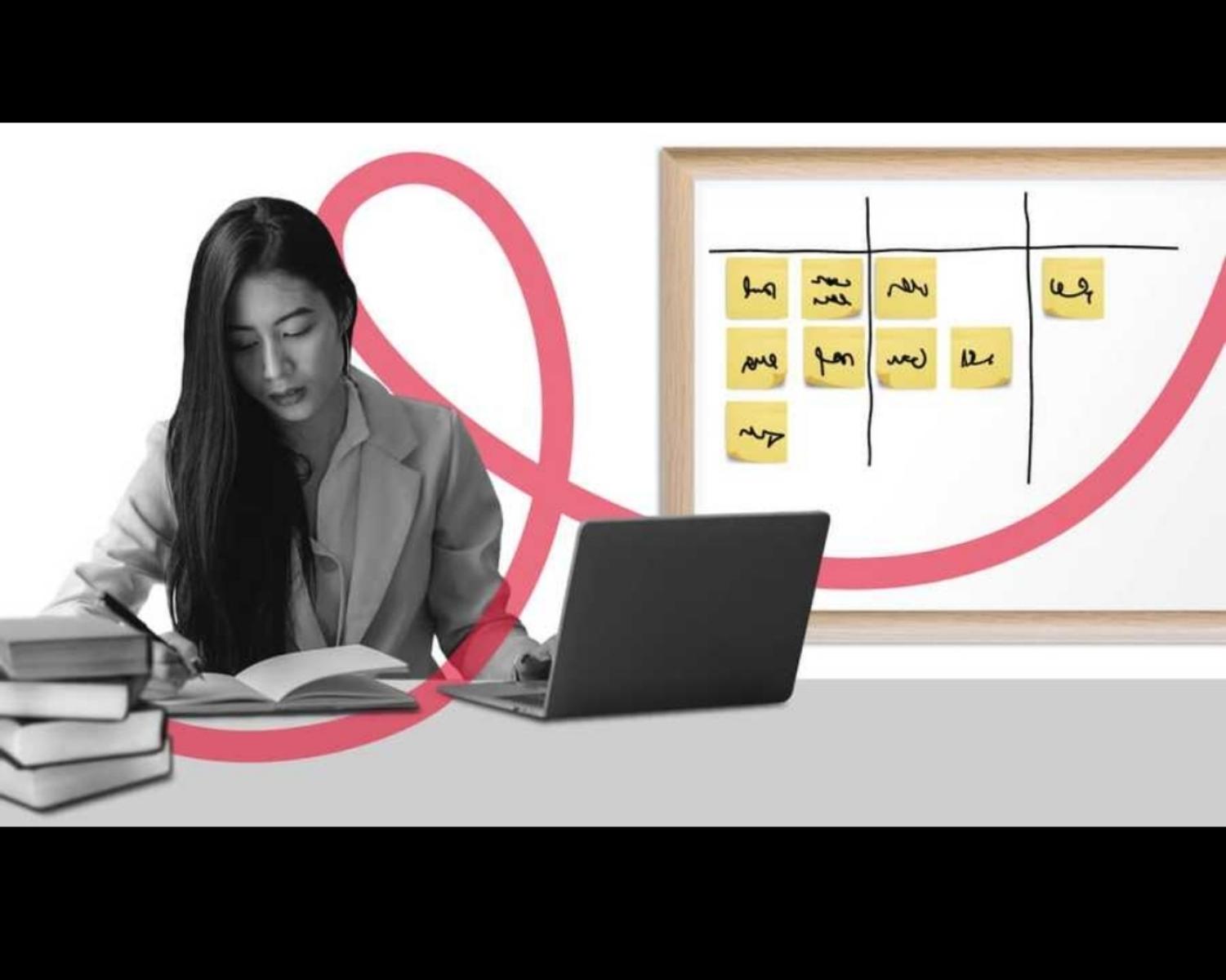The 4 Kinds of Priorities
The Decision Matrix on how to approach tasks has 4 quadrants:
- Quadrant 1: The Urgent Problems which are important.
- Quadrant 2: Not Urgent but important tasks
- Quadrant 3: Urgent but not really important
- Quadrant 4: Distractions and time-wasting tasks.
Prioritize the important (Quadrant 2) to attain maximum benefit from your work.
2.58K
8.58K reads
The idea is part of this collection:
Learn more about timemanagement with this collection
How to focus on the present moment
How to improve relationships through mindful communication
How to reduce stress and anxiety through mindfulness
Related collections
Similar ideas to The 4 Kinds of Priorities
The most important quadrant
Quadrant 1 (the urgent/important tasks) you will always automatically take care off. Quadrants 3 & 4 should be eliminated to a great extent.
Quadrant 2 (not urgent but important) is what will change your life over time. At least 10% of your day needs to be devoted to this important but n...
Eisenhower Priority Matrix
The priority matrix allows you to look through your to-do list and categorize based on their urgency and importance.
- Quadrant 1 - Urgent and important. This is anything due soon or overdue. See what can be automated or delegated.
- Quadrant 2 - Not urgent and import...
The Eisenhower box
The Eisenhower Matrix / The Eisenhower box
Once you have your goals written in a SMART way, you should break them down into concrete and actionable tasks.
Then the tasks need to be prioritized.
Read & Learn
20x Faster
without
deepstash
with
deepstash
with
deepstash
Personalized microlearning
—
100+ Learning Journeys
—
Access to 200,000+ ideas
—
Access to the mobile app
—
Unlimited idea saving
—
—
Unlimited history
—
—
Unlimited listening to ideas
—
—
Downloading & offline access
—
—
Supercharge your mind with one idea per day
Enter your email and spend 1 minute every day to learn something new.
I agree to receive email updates


